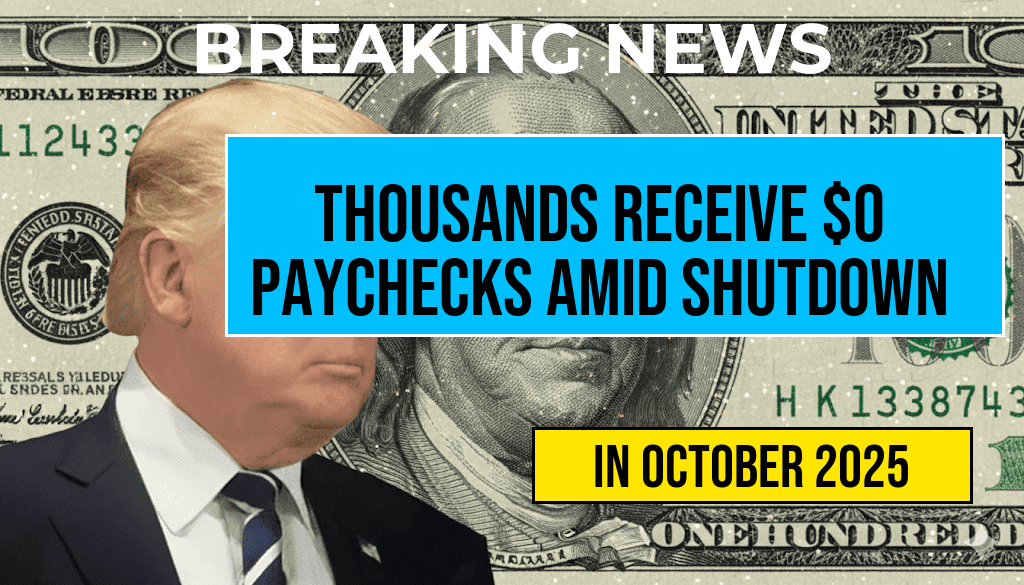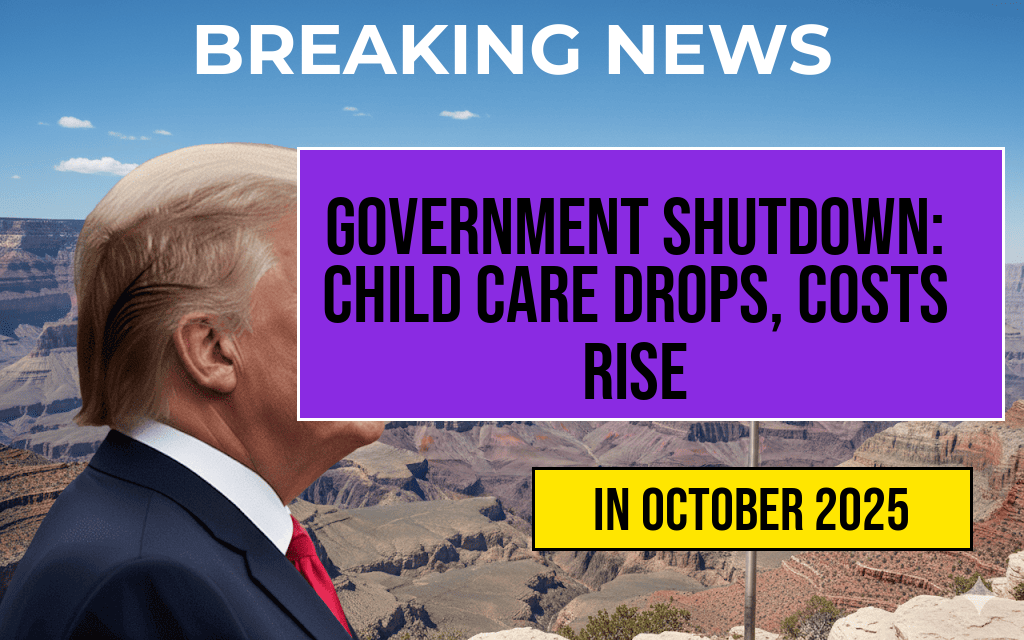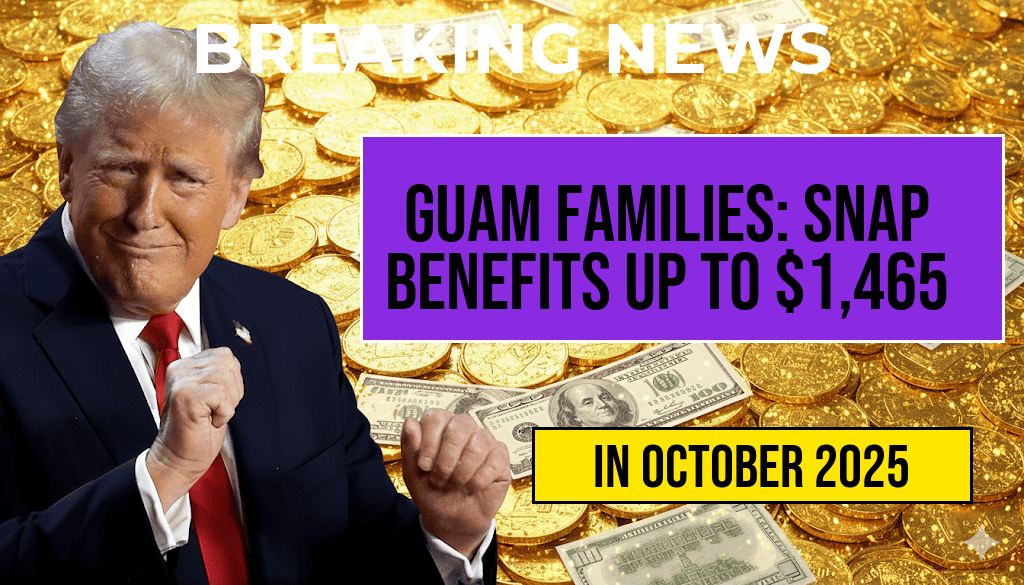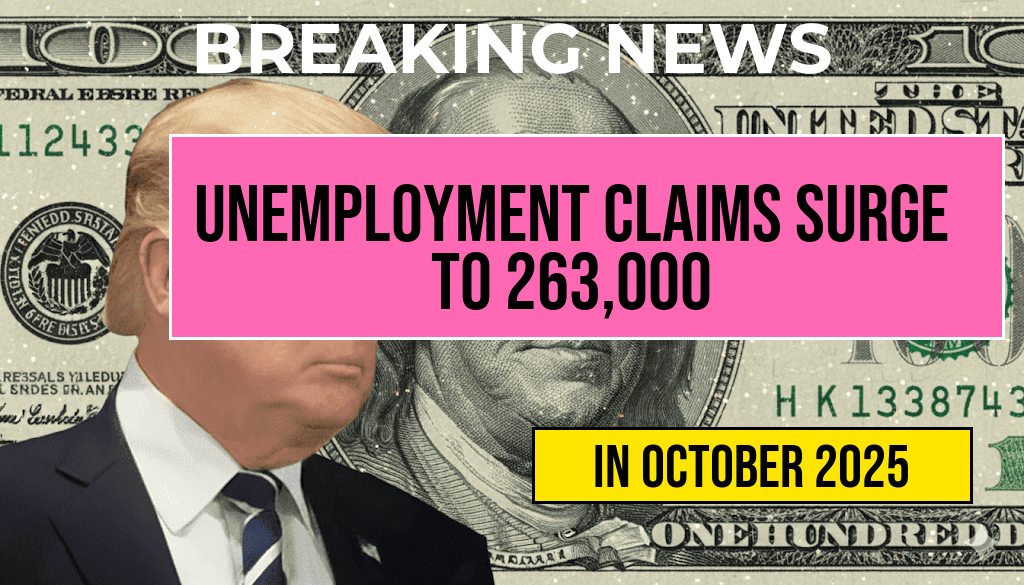The debate over whether to make tips tax-free has gained significant traction in recent months, with estimates suggesting that such a move could cost the U.S. economy between $100 billion and $550 billion. Advocates argue that eliminating taxes on tips would benefit service industry workers, who often rely on gratuities as a substantial part of their income. However, critics warn that this shift could lead to substantial revenue losses for federal and state governments, impacting public services and infrastructure funding. As lawmakers and stakeholders explore the implications, the discussion raises important questions about taxation, fairness, and the future of compensation in the gig economy.
Understanding the Proposal
The proposal to make tips tax-free aims to alleviate financial burdens on workers in industries such as hospitality and personal services. Supporters contend that this change would provide much-needed relief to low-wage earners, promoting greater financial stability. According to the Forbes Tech Council, many service industry employees rely on tips to supplement their income, making the current taxation structure a significant hurdle for financial well-being.
The Financial Implications
Estimates for the financial impact of making tips tax-free vary widely, with significant implications for the federal budget. The $100 billion figure represents a conservative estimate, based on current tip income and tax revenues, while the $550 billion figure accounts for potential long-term effects on wage structures and consumer spending.
A breakdown of the potential costs associated with making tips tax-free includes:
- Lost Tax Revenue: The federal government collects billions annually from taxes on tips, which could be significantly reduced.
- Impact on State Budgets: States also benefit from tip taxation, and their budgets could face severe challenges if federal changes occur.
- Long-term Economic Effects: The shift may alter worker behavior, leading to potential declines in service quality and consumer spending.
The Current Tax Landscape
Currently, tips are treated as taxable income, a policy that has been in place for decades. The Internal Revenue Service (IRS) requires workers to report their tips, which are then taxed at ordinary income rates. This system is designed to ensure that all income is accounted for, but it can be seen as burdensome for workers who often do not report the full amount of their tips.
Many service workers express frustration with the existing tax framework, feeling that it penalizes them for their hard work. According to a report from the IRS, the average tip rate in the U.S. is around 15-20%, which, when taxed, can represent a significant portion of a worker’s income.
Public Reaction and Perspectives
Public opinion on making tips tax-free is divided. Supporters argue that it would empower workers and provide them with greater financial flexibility, potentially enhancing their quality of life. On the other hand, opponents raise concerns about the potential loss of tax revenue and the implications for public services. Many also question whether such a change would lead to an increase in wages or simply result in lower consumer prices without benefiting workers.
According to a recent survey conducted by the Pew Research Center, a significant portion of the American public remains unaware of the implications of such tax reforms, highlighting the need for greater education and discussion around the issue.
The Way Forward
As lawmakers consider the future of tip taxation, the discussion will likely intensify. Stakeholders from various sectors, including restaurant owners, workers, and policymakers, will need to engage in dialogue to address the complexities of this issue. Balancing the needs of workers with the financial realities of government budgets will be crucial in shaping any potential reforms.
In the coming months, it will be essential to monitor legislative proposals and public responses as the conversation around tip taxation evolves. With the stakes high for millions of American workers, the outcome of this debate could redefine compensation structures in the service industry.
Frequently Asked Questions
What is the estimated cost of making tips tax-free?
The estimated cost of making tips tax-free ranges from $100 billion to $550 billion, depending on various economic factors and tax policies.
Who would benefit from eliminating taxes on tips?
Workers in the service industry, such as waitstaff, bartenders, and delivery drivers, would greatly benefit from the elimination of taxes on tips, as it would increase their take-home pay.
What are the potential economic impacts of tax cuts on tips?
Tax cuts on tips could lead to increased consumer spending, as workers would have more disposable income, potentially boosting the overall economy and job growth.
How do tax-free tips affect overall tax revenue?
Implementing tax-free tips would likely reduce overall tax revenue for the government, which could impact funding for public services and programs.
What are the arguments against making tips tax-free?
Opponents argue that making tips tax-free could lead to a significant loss in tax revenue, create compliance challenges, and potentially exacerbate income inequality among service workers.











